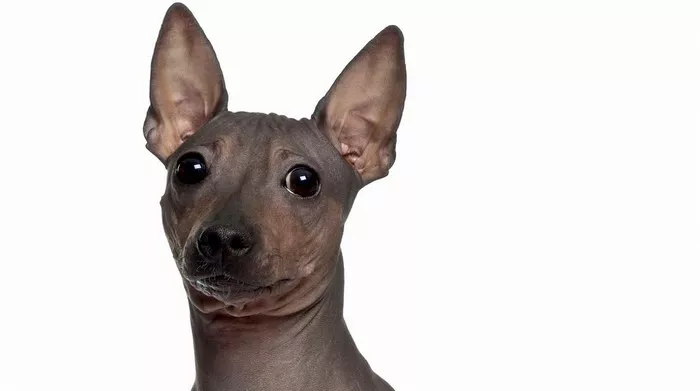Hairless dogs are a unique and fascinating breed that have captured the hearts of dog lovers around the world. While they may not be as common as other breeds, hairless dogs can be found in various parts of the world. In this article, we will explore where hairless dogs are found, including their origins and distribution.
Origins of Hairless Dogs:
The origins of hairless dogs are somewhat mysterious and debated among experts. Some believe that hairless dogs originated in Mexico and were bred by the Aztecs for their unique appearance and abilities as hunting and guard dogs. Others believe that hairless dogs may have originated in China or South America.
Regardless of their origins, hairless dogs have become popular in many parts of the world, including North and South America, Europe, and Asia.
Distribution of Hairless Dogs:
Hairless dogs can be found in various parts of the world, but they are still relatively rare compared to other breeds. Some of the most common places to find hairless dogs include:
Mexico: As mentioned earlier, some experts believe that hairless dogs originated in Mexico. Today, hairless dogs are still popular in Mexico and can be found in many households as well as in dog shows and competitions.
United States: Hairless dogs have become increasingly popular in the United States in recent years, particularly the Chinese Crested and the Xoloitzcuintli. They can be found in many households as well as in dog shows and competitions.
South America: Hairless dogs are also popular in South America, particularly in Peru and Ecuador. The Peruvian Inca Orchid is a hairless breed that is native to Peru and has become increasingly popular in other parts of the world.
Europe: Hairless dogs have a small but dedicated following in Europe, particularly in countries such as Spain, Italy, and France. The Peruvian Inca Orchid and the Chinese Crested are among the most popular hairless breeds in Europe.
Conclusion:
Hairless dogs are a unique and fascinating breed that can be found in various parts of the world. While they may not be as common as other breeds, hairless dogs have a dedicated following and are popular in many households as well as in dog shows and competitions. Whether you are interested in adopting a hairless dog or simply learning more about this fascinating breed, there are many resources available to help you learn more about their origins, distribution, and care.
FAQs
1. Are there naturally hairless dogs?
Yes, there are naturally hairless dog breeds, which have a genetic mutation that causes them to be born without fur. These breeds include the Mexican Hairless (Xoloitzcuintli), Peruvian Hairless (Peruvian Inca Orchid), and American Hairless Terrier, among others. These dogs have adapted to their hairless condition over generations and possess unique characteristics that make them well-suited to certain environments and climates.
2. Why do hairless dogs exist?
Hairless dogs exist due to genetic mutations that affect the development of hair follicles. These mutations can result in dogs being born without fur or with sparse hair coverage. While hairless dogs may have initially evolved in specific regions with warmer climates, they have since been selectively bred by humans for their unique appearance and traits.
3. Are hairless dogs rare?
Hairless dogs are relatively rare compared to breeds with fur, but they can be found in various parts of the world. While not as common as traditional breeds, hairless dogs have gained popularity among dog enthusiasts and can be found in many countries where they are appreciated for their distinctive appearance and temperament.
4. Why do Chinese Crested dogs have no hair?
Chinese Crested dogs are a hairless breed that originated in China and were bred for their unique appearance. The lack of fur in Chinese Crested dogs is due to a genetic mutation that affects hair growth, resulting in the breed’s characteristic hairless or partially hairless appearance. Some Chinese Crested dogs may have a full coat of fur, known as the Powderpuff variety, while others are completely hairless except for hair on their head, tail, and feet. This variation in coat type is a defining feature of the breed and adds to their charm and appeal.


